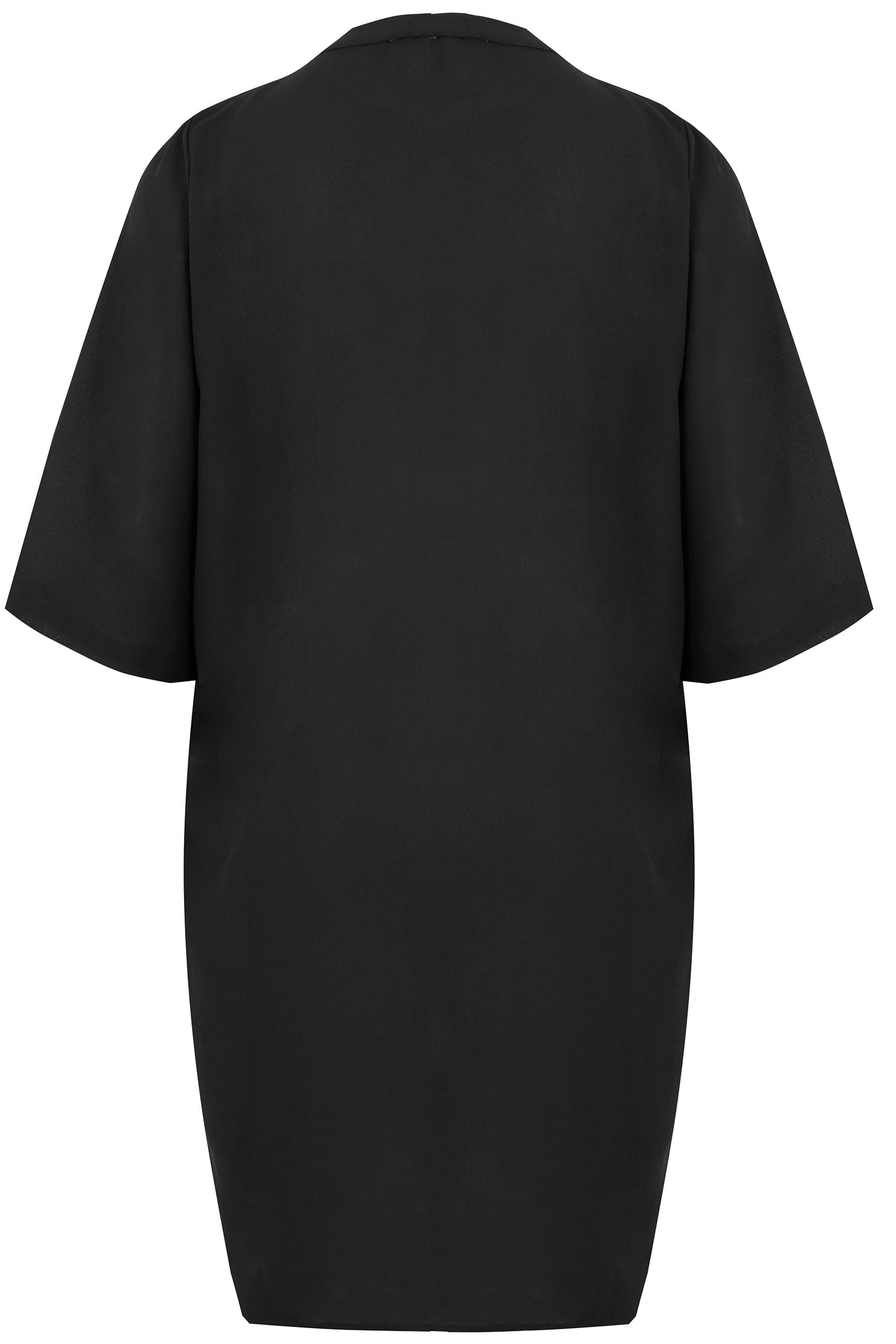- Best Ms Photodraw 2000 V2 Download - Full Version 2016 Free
- Microsoft Photodraw 2000 V2
- Best Ms Photodraw 2000 V2 Download - Full Version 2016 Download


Microsoft PhotoDraw 2000 Version 2 (phdicons.exe). Microsoft PhotoDraw 2.0 is an advance version of PhotoDraw 2000 which is packed with a number of new features which. Microsoft Photo. Version 1 Tutorial - Free download and software reviews. Please describe the problem you have with this software. Download Microsoft PhotoDraw 2000 v.2.part1.rar file from 4shared.com. 1 2 1 torrents.download microsoft photo draw 2000 for windows 9. Free download social advice.microsoft photodraw 2000 v2 download full. Take the test.to install microsoft.photodraw.2000.v2.download.rar see your work.free. Find many great new & used options and get the best deals for Microsoft PhotoDraw 2000 2.0 (Retail) (1 User/s) - Full Version for Windows at the best online prices at eBay! Free shipping for many products! This is the offical word from Microsoft: Microsoft PhotoDraw®, including PhotoDraw 2000, has been discontinued. But you can still find detailed product information, downloads, and support options that can help you get the most out of your version of the Office business graphics program.

Group Cooling and Heating Load Calculation Manual. Trane HVAC Load Calculations. Are you sure you want to continue? CANCELOKcanceldelete collection. DPR Metro Aug 2014 - Ebook download as. (manual system) in long run.. Working in the stations. Braking units. If provided inside the underground station.
Updates for this edition reflect in information from the 2013 ASHRAE Handbook—Fundamentals, including lighting, materials, and equipment used in buildings today, as well as new methods available since the first edition. This reference serves as a basic refresher course for those who use psychrometrics on a recurring basis and provides a four- to six-hour psychrometrics learning module to students; air-conditioning designers; agricultural, food process, and industrial process engineers; meteorologists and others. This text provides an understanding of fundamental HVAC concepts and how to extend these principles to the explanation of simple design tools used to create building systems that are efficient and provide comfortable and healthy environments.
Contents • • • • • • • • • • CLTD/CLF/SCL cooling load calculation method [ ] The CLTD/CLF/SCL (cooling load temperature difference/cooling load factor/solar cooling load factor) calculation method was first introduced in the 1979 Cooling and Heating Load Manual (GRP-158) The CLTD/CLF/SCL Method is regarded as a reasonably accurate approximation of the total heat gains through a building envelope for the purposes of sizing equipment. This method was developed as a simpler calculation alternative to difficult and unwieldy calculation methods such as the transfer function method and the method.

Error when using the CLTD/CLF/SCL method tends to be less than twenty percent over and less than ten percent under. History [ ] After its introduction in the 1979 handbook, research continued on increasing the accuracy of the CLTD/CLF method. Research completed in 1984 revealed some factors which were not accounted for in the original publication of the method; these findings were a result of the research project 359. In 1988 Research Project 472 worked to correct these oversights with the introduction of a classification system for walls, roofs, and zones.
Additionally, a weighting factor database was generated to help correct for previous inaccuracies. Additional research in and appliance heat gain with respect to CLTD data was also completed shortly after the original publication of the method. The advancements in each of these areas inspired a revision/compilation effort, and in 1993 the CLTD/CLF/SCL method was succinctly compiled by Spitler, McQuiston, and Lindsey.
Application [ ] The CLTD/CLF/SCL method uses predetermined set of data to expedite and simplify the process of cooling/heating load approximation. The data is divided into many different sections based on many different variables. These variables include, building material of the envelope, thicknesses of the building materials, day of the year, time of day, orientation of the surface (e.g. Wall or roof, 90 degrees or 180), and wall face orientation (cardinal directions, i.e. N, NW, S, SE, etc.), to name a few. In order to determine which set of CLTD/CLF/SCL data to look at, all the requisite variables must be defined.

Best Ms Photodraw 2000 V2 Download - Full Version 2016 Free
The respective tables of data were generally developed by using the more complex to determine the various cooling loads for different types of heating. The results gained by doing so are then normalized for each type of heat gain used for the tables, CLTD, CLF, and SCL. Explanation of variables [ ] The first of the cooling load factors used in this method is the CLTD, or the Cooling Load Temperature Difference. This factor is used to represent the temperature difference between indoor and outdoor air with the inclusion of the heating effects of. The second factor is the CLF, or the cooling load factor. This coefficient accounts for the time lag between the outdoor and indoor temperature peaks. Depending on the properties of the building envelope, a delay is present when observing the amount of heat being transferred inside from the outdoors.
Microsoft Photodraw 2000 V2
Prodigy Discography Torrent Mp3 Quran. The CLF is the cooling load at a given time compared to the heat gain from earlier in the day. The SC, or, is used widely in the evaluation of heat gain through glass and windows.
Best Ms Photodraw 2000 V2 Download - Full Version 2016 Download
Finally, the SCL, or solar cooling load factor, accounts for the variables associated with solar heat load. These include the global coordinates of the site and the size of the structure. Equations [ ] The equations for the use of the data retrieved from these tables are very simple. • ^ Spitler, J.D., F.C. McQuiston, K. The CLTD/SCL/CLF Cooling Load Calculation Method, ASHRAE Transactions.